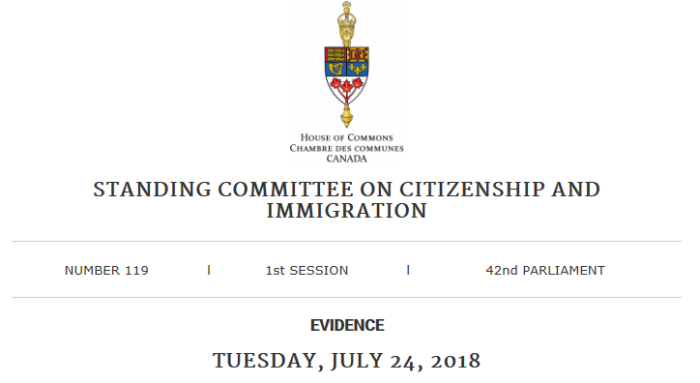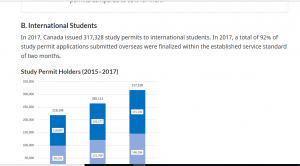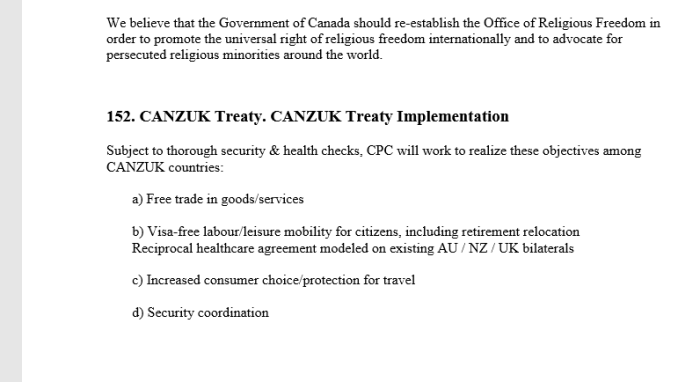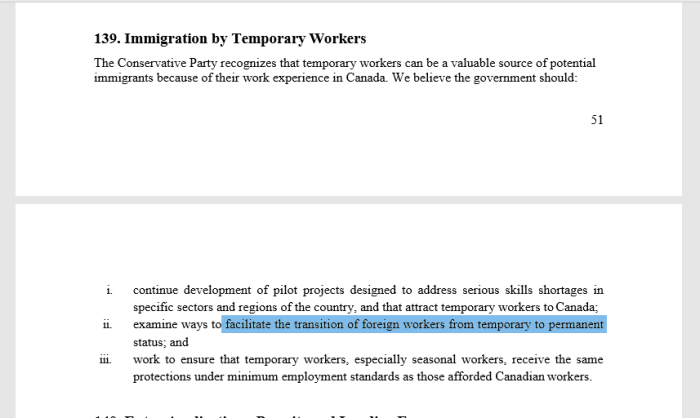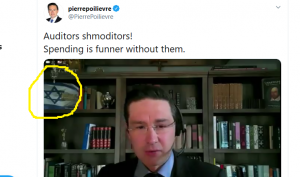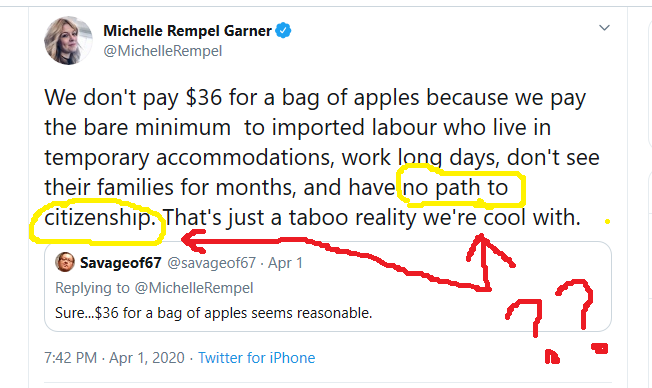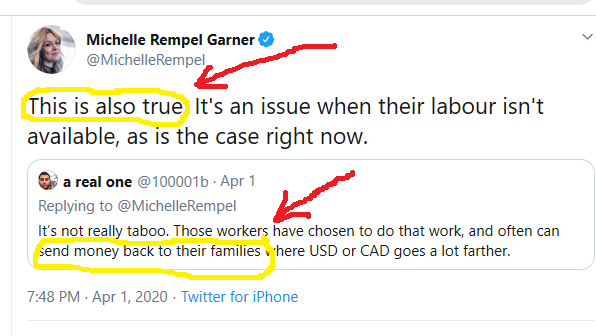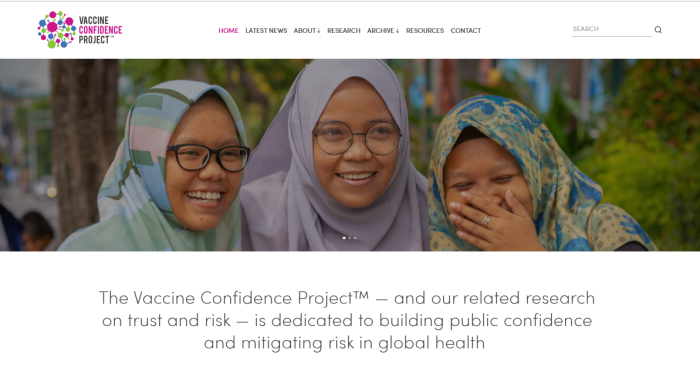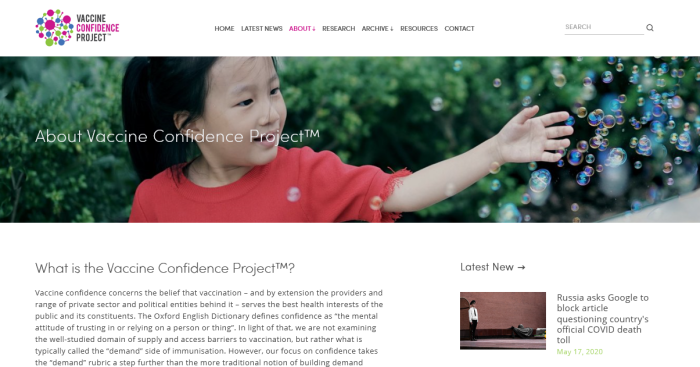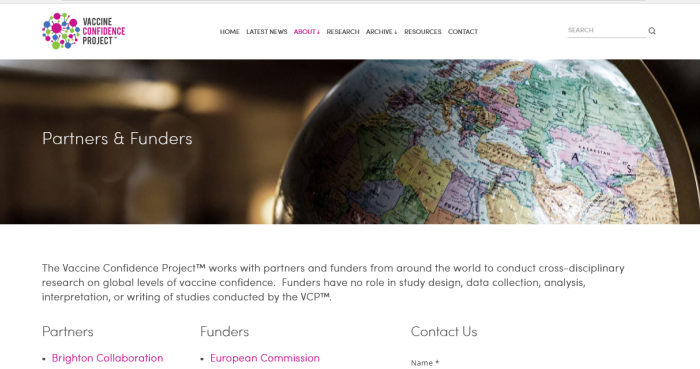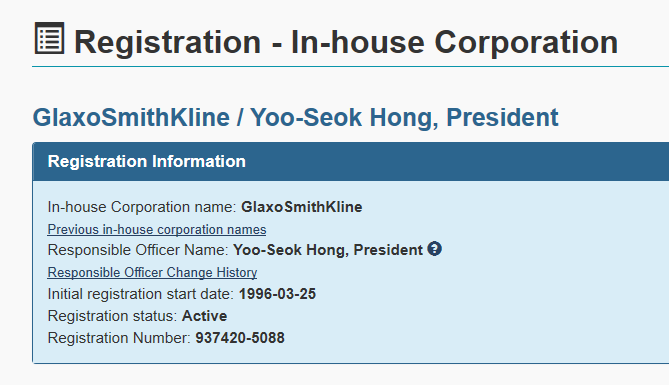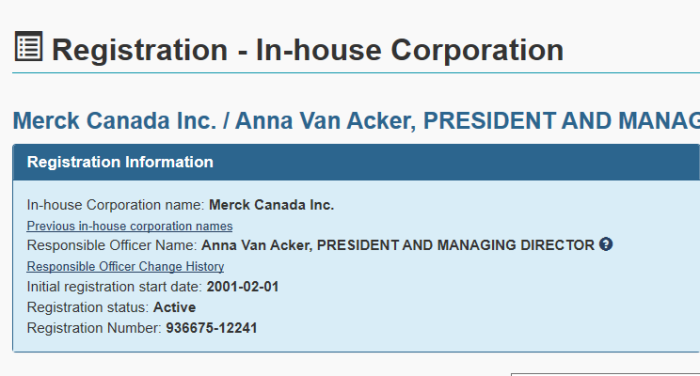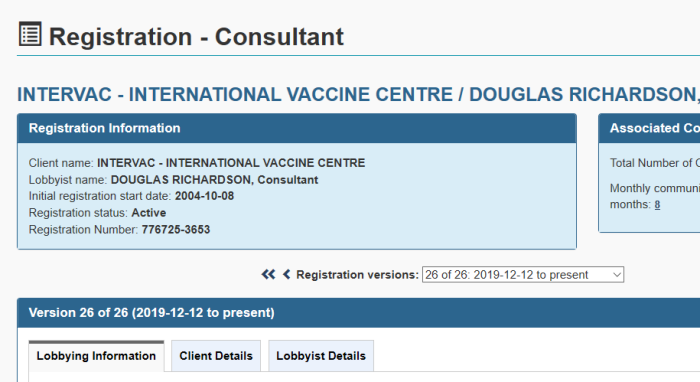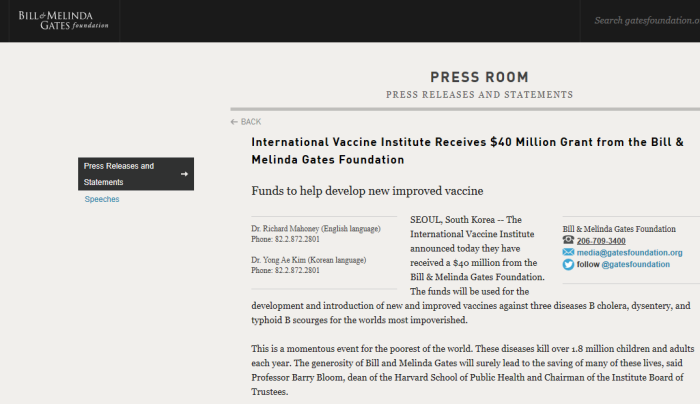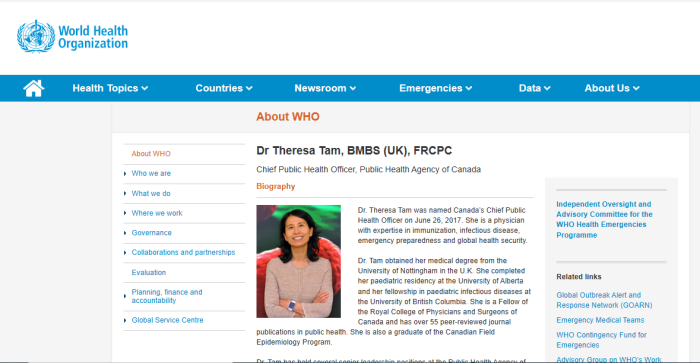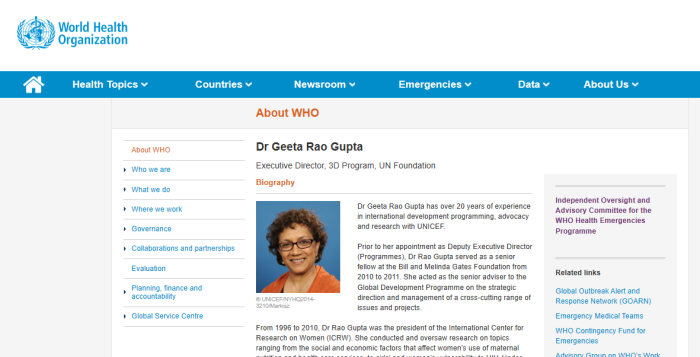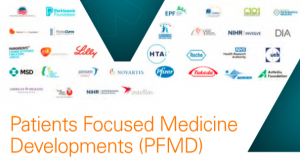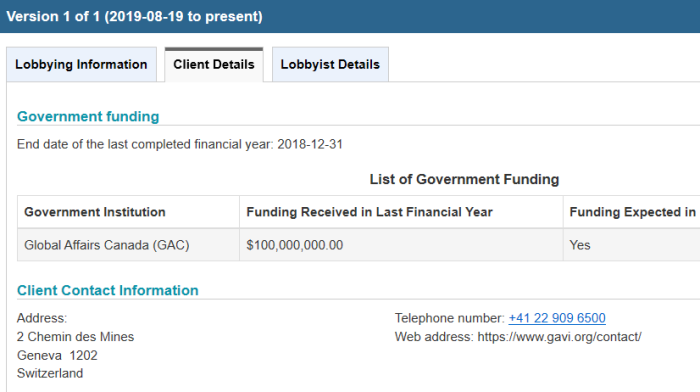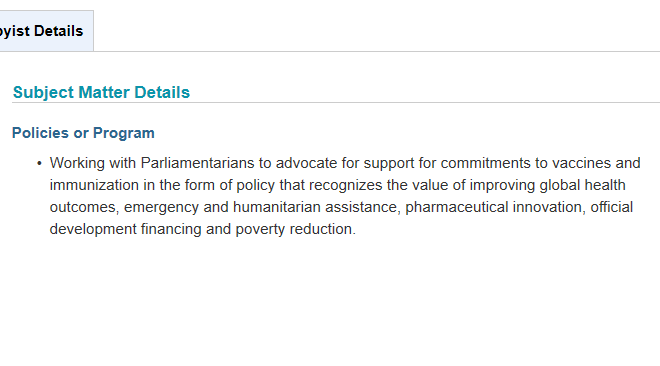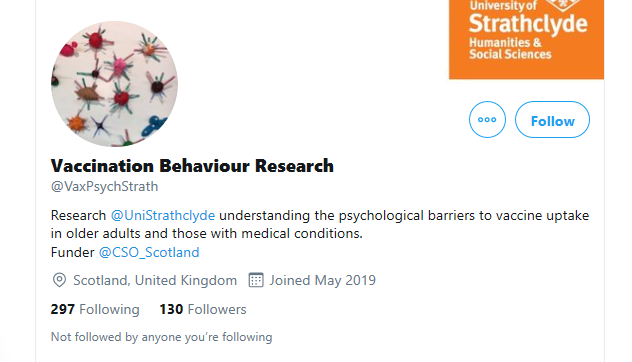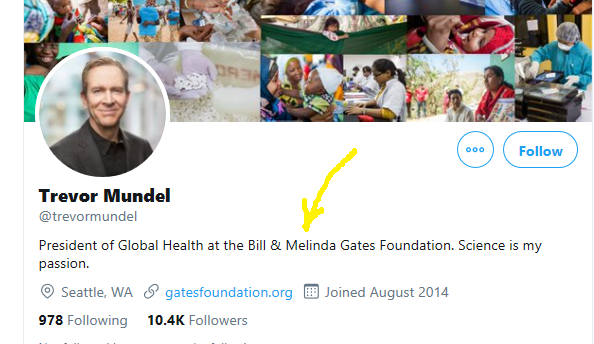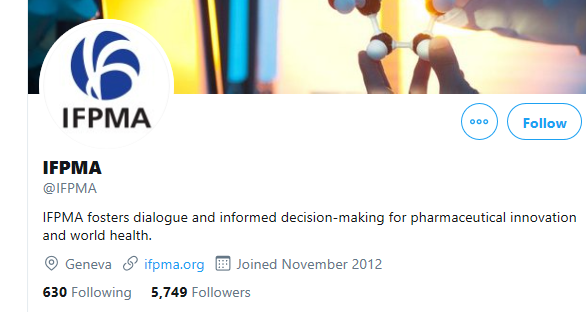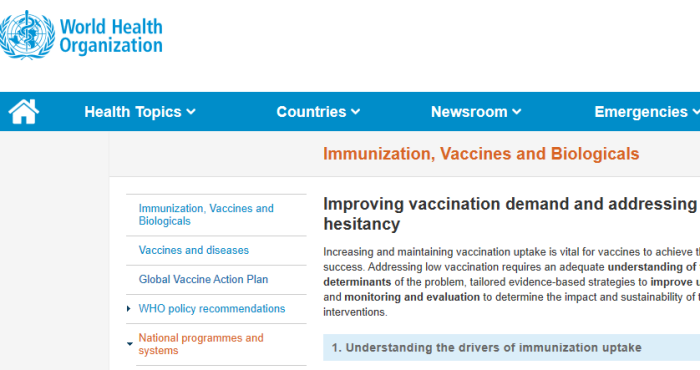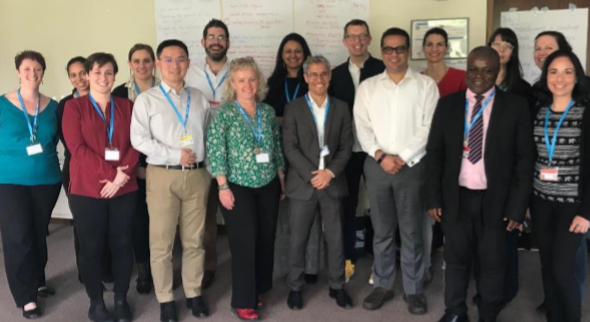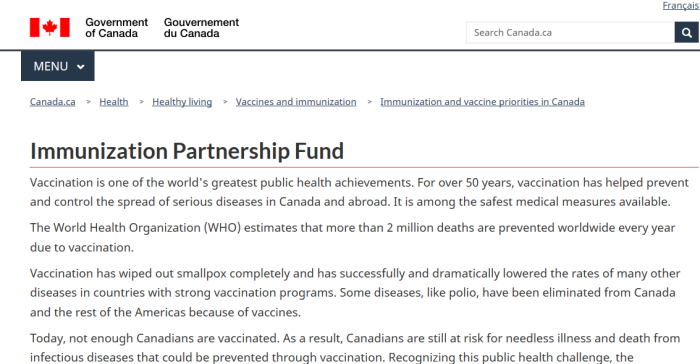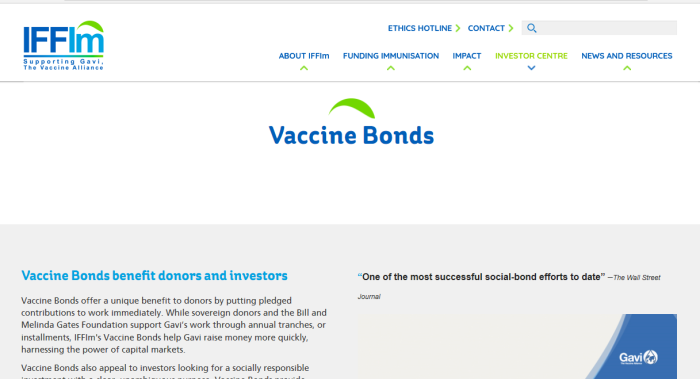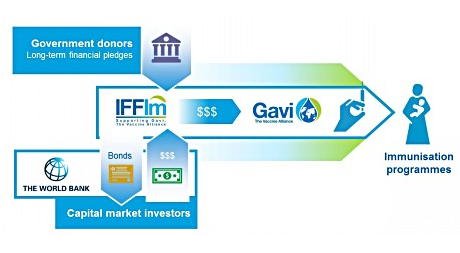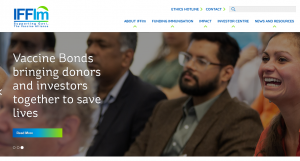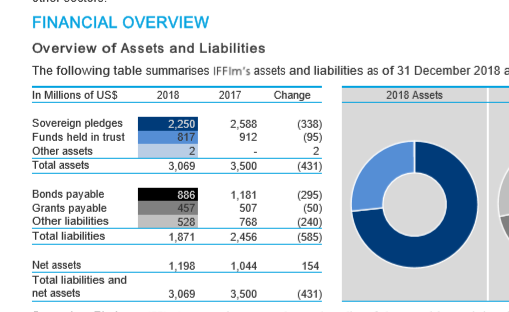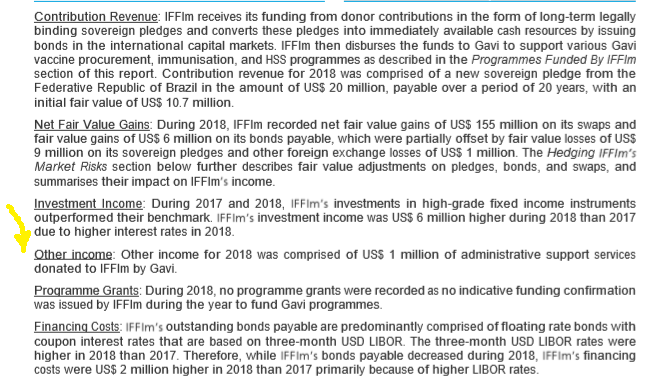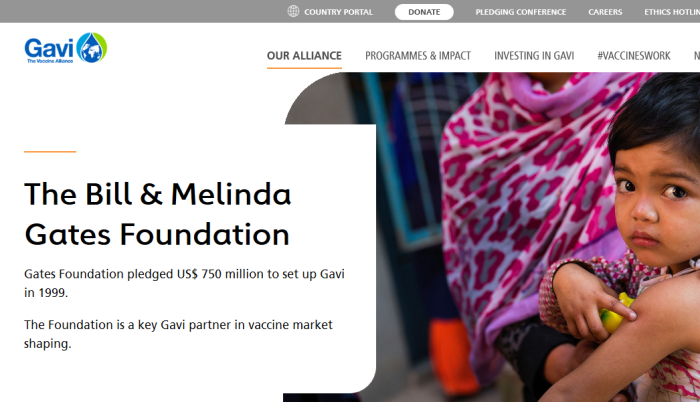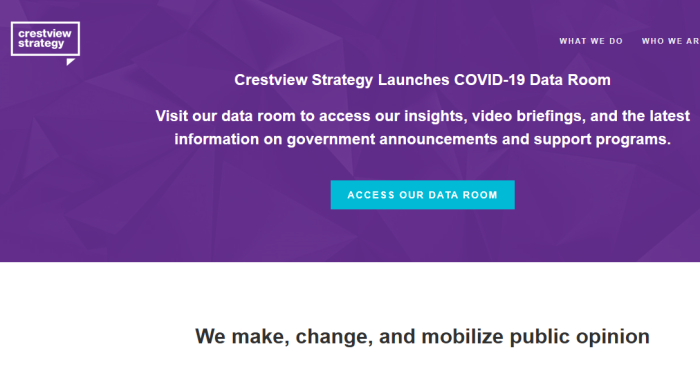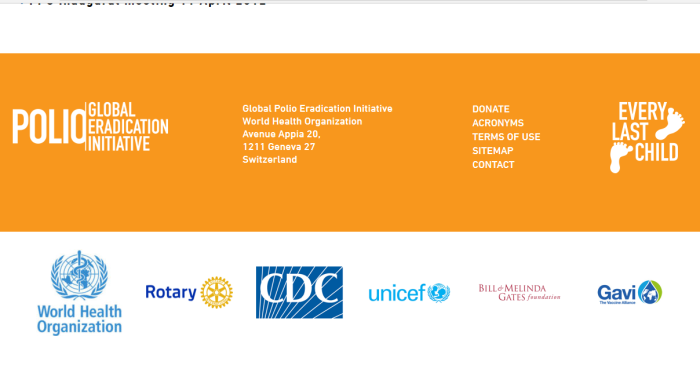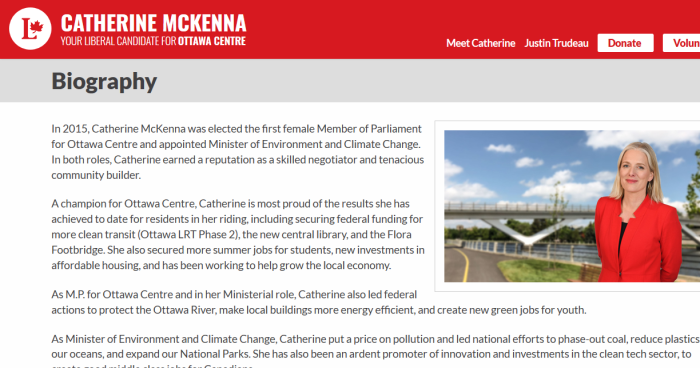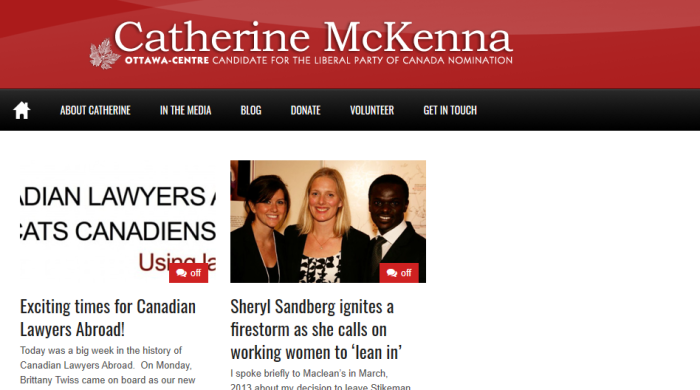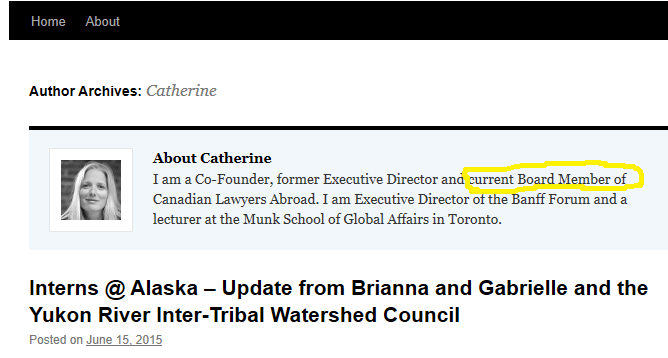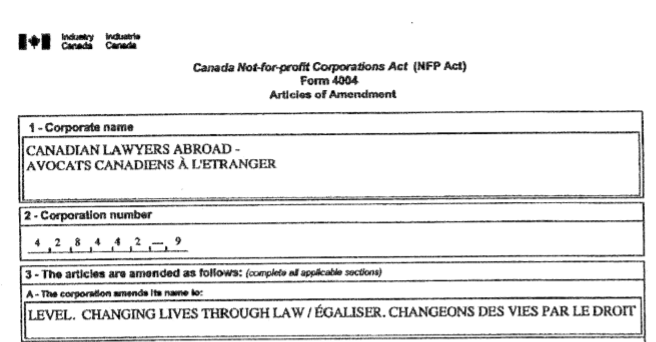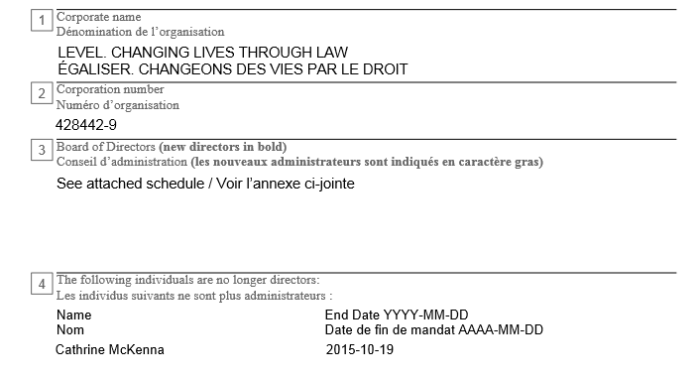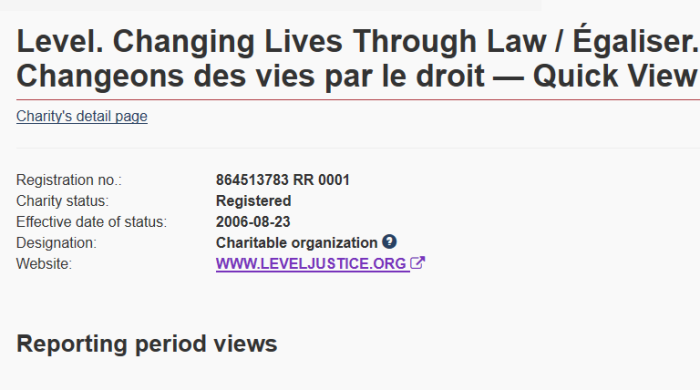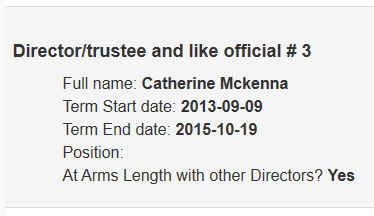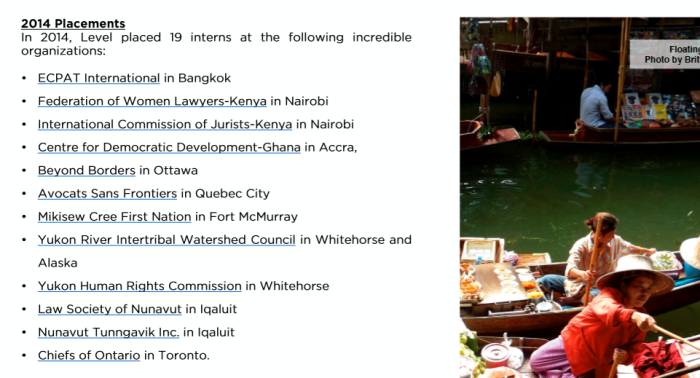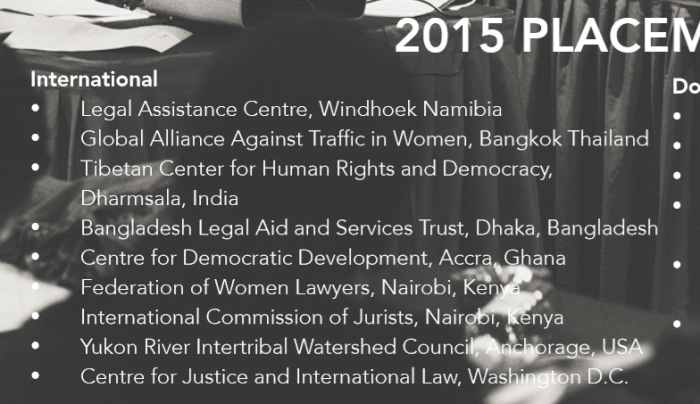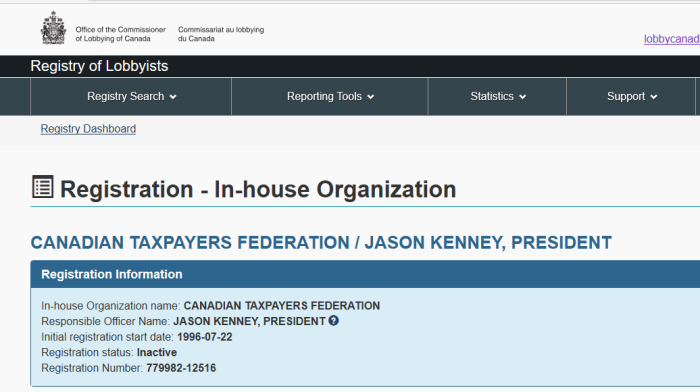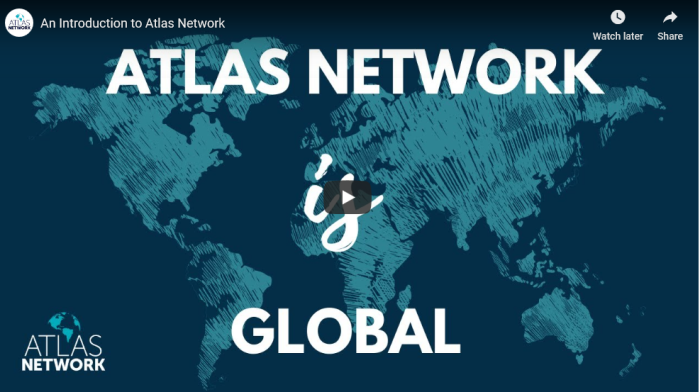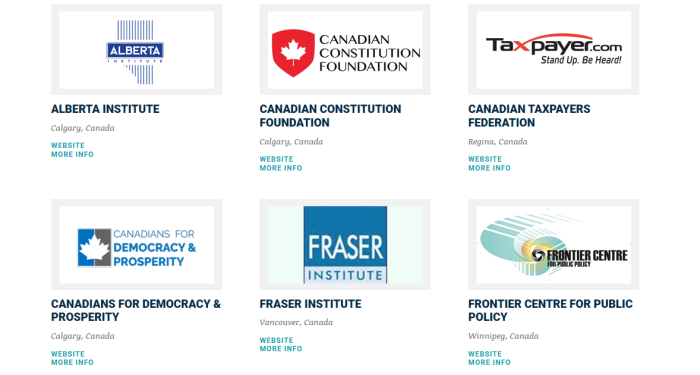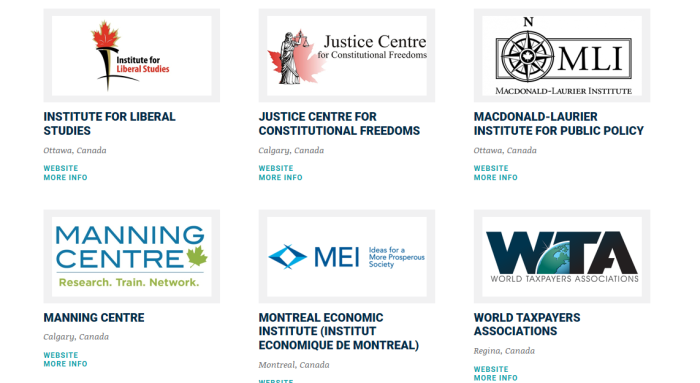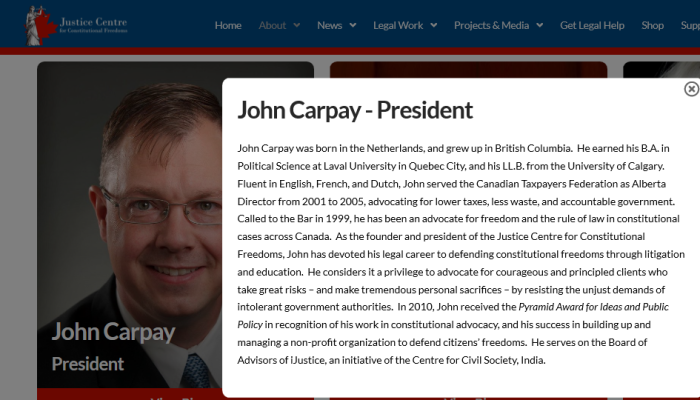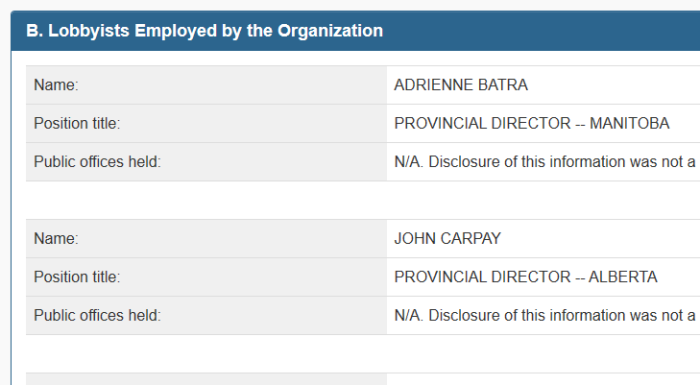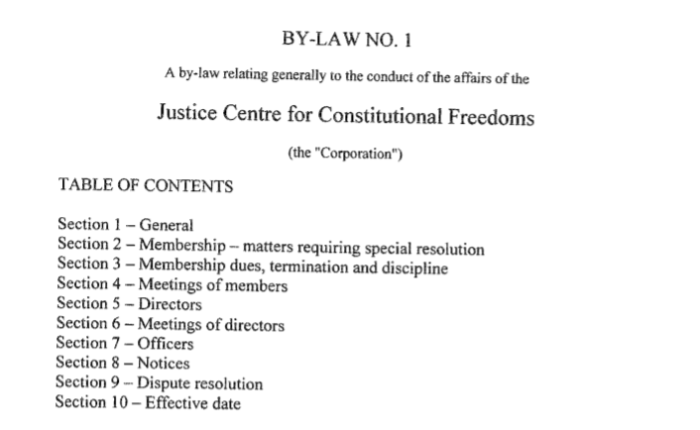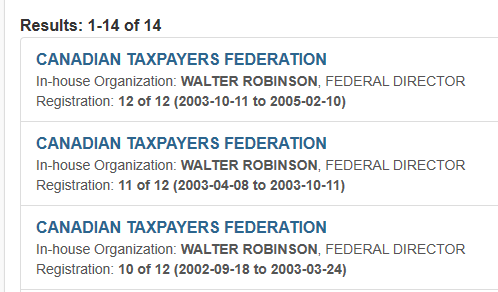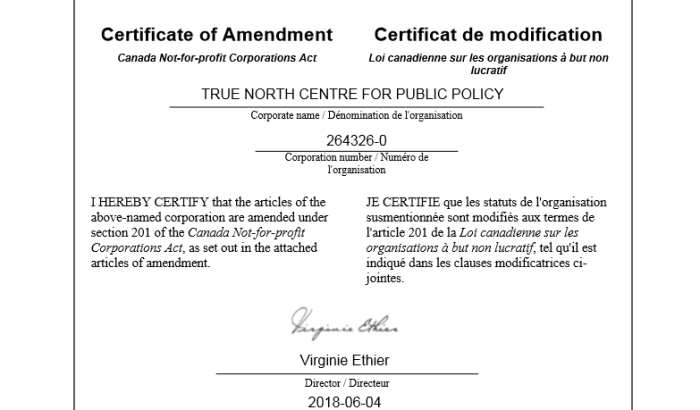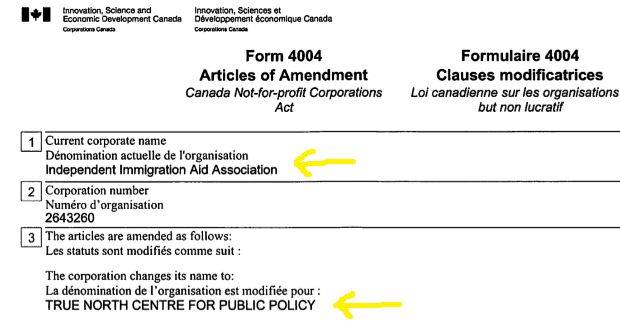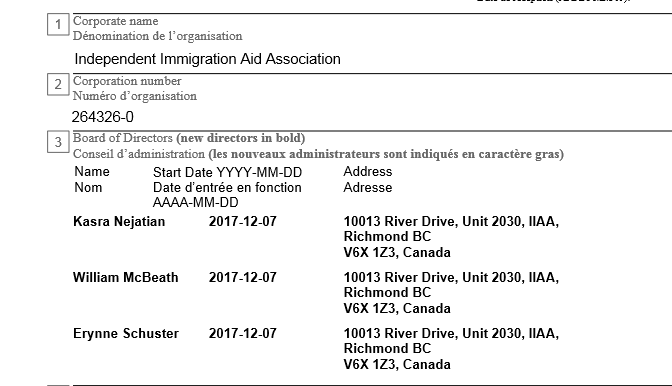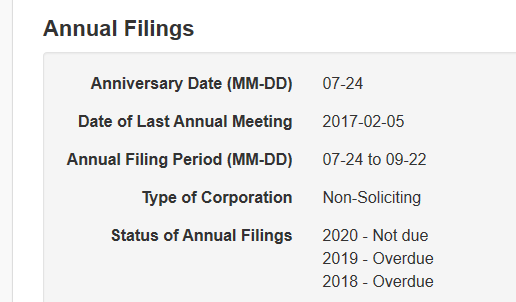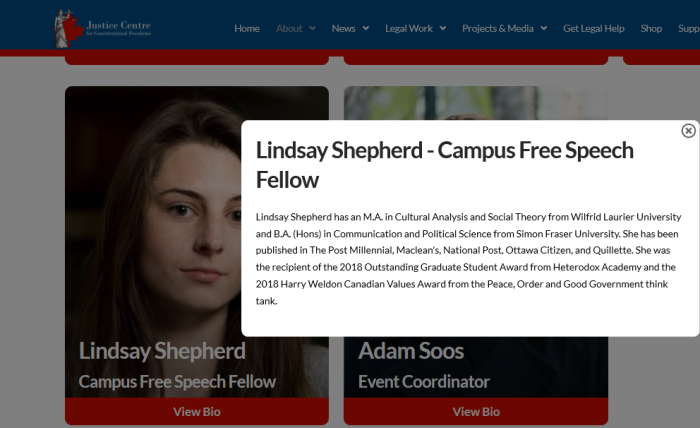
The mainpage of the Bill & Melinda Gates Foundation webpage. The context of the quote can be seen in a whole other light, with the following information listed here.
1. Other Articles on Abortion/Infanticide
CLICK HERE, for #1: universities fighting against pro-life groups.
CLICK HERE, for #2: citing abortion stats now considered violence.
CLICK HERE, for #3: up to birth abortion now legal in VA/NY.
CLICK HERE, for #4: letting babies who survive abortion die.
CLICK HERE, for #5: UN supports abortion rights, even for kids.
CLICK HERE, for #6: fallout and some pushback on abortion.
CLICK HERE, for #7: ONCA rules docs must provide service or referral.
CLICK HERE, for #8: hypocrisy in summer jobs grant, purity tests.
CLICK HERE, for #9: partial funding lost for planned parenthood.
CLICK HERE, for #10: China engaging in organ harvesting/trafficking.
2. Other Articles On CV “Planned-emic”
For more insight and background on the coronavirus planned-emic, please check out this series. The official narratives don’t at all resemble the ugly truth. Know what is really going on, and how to combat lies and deception.
3. Important Links
CLICK HERE, for Planned Parenthood in Hawaii
http://archive.is/YTZcT
CLICK HERE, for Planned Parenthood on abortion.
http://archive.is/ENpKT
CLICK HERE, for Planned Parenthood on elections.
http://archive.is/eNPkZ
CLICK HERE, for CDN Gov’t on abortion during CV pandemic.
http://archive.is/dBZqX
CLICK HERE, for Bill & Melinda Gates Foundation.
CLICK HERE, for IRS tax-exempt group search
EIN 13-1644147 Planned Parenthood Fed. of America
planned.parenthood.america.2017.tax.filings
planned.parenthood.america.2016.tax.filings
EIN 47-5312115 Planned Parenthood Global Inc.
planned.parenthood.global.2016.tax.filings
planned.parenthood.global.2017.tax.filings
4. Context For This Article
While Bill Gates and his foundation are working on various vaccines to help sterilize and depopulate the planet, there is still another angle to look at: abortion. It’s not surprise that The Bill & Melinda Gates Foundation is heavily involved in financing that as well.
Gates’ father is the former head of planned parenthood. Planned Parenthood, among other things, pushes for more access to abortion globally. Now his son funds research into vaccines that can cripple or sterilize people. This suggests a morbid fascination with eugenics. Anything to get the global population reduced it seems.
Aside from depopulation, there are a few other “benefits” to abortion: (a) a supply of body parts for transplanting; and (b) a supply of fetal tissue for vaccines.
Several of the articles in the CV series have focused on the lobbying that goes on behind the scenes. This is necessary to understand who is pushing the agenda, and why. It’s not random, but rather the result of public officials who can be influenced for the right price.
Politicians like Justin Trudeau seem to be completely on board. This applies both to the abortion push across the world, and the claims that mass vaccination is needed.
5. Gates Sr. Was Head Of Planned Parenthood
This is pretty well known at this point, but let’s just get the man himself to say it. Bill Gates’ father (Bill Gates Sr.), used to be the head of the pro-abortion group, Planned Parenthood.
6. Gates Jr. Helps Fund Planned Parenthood
The Bill & Melinda Gates Foundation is a big supporter of abortion worldwide. In fact, the group regularly donates to various branches of Planned Parenthood. Also see here.
| Date | Recipient | Amount Donated |
|---|---|---|
| 2020 | Int’l PP Worldwide | $500,000 |
| 2019 | Int’l PP Europe | $599,221 |
| 2019 | Int’l PP Worldwide | $500,000 |
| 2018 | Shanghai Inst PP | $1,628,290 |
| 2018 | Int’l PP Worldwide | $250,000 |
| 2018 | Int’l PP Worldwide | $99,000 |
| 2018 | Int’l PP Worldwide | $490,000 |
| 2016 | Int’l PP Europe | $8,025,807 |
| 2014 | Int’l PP Worldwide | $431,947 |
| 2013 | Int’l PP Europe | $6,973,371 |
| 2011 | Int’l PP Worlwide | $250,000 |
| 2010 | Int’l PP Europe | $7,298,377 |
| Pre-2010 | Int’l PP Europe | $23,000 |
| Pre-2010 | Int’l PP Worldwide | $14,990,698 |
| Pre-2010 | Int’l PP Europe | $7,023,160 |
| Pre-2010 | Int’l PP West Wash | $200,000 |
| Pre-2010 | Int’l PP Worldwide | $10,000 |
| Pre-2010 | Int’l PP West Washi | $1,000,000 |
| Pre-2010 | Int’l PP Europe | $3,024,011 |
| Pre-2010 | Int’l PP America | $1,700,000 |
| Pre-2010 | Int’l PP Worldwide | $800,000 |
| Pre-2010 | Int’l PP Worldwide | $8,865,000 |
| Pre-2010 | Int’l PP America | $3,000,000 |
| Pre-2010 | Int’l PP Central Wash | $75,000 |
| Pre-2010 | Int’l PP Canada | $569,000 |
| Pre-2010 | Int’l PP Worldwide | $2,845,268 |
| Pre-2010 | Int’l PP America | $5,000,000 |
| Pre-2010 | Int’l PP Foundation | $1,492,400 |
| Pre-2010 | Int’l PP Foundation | $1,732,400 |
| Pre-2010 | Int’l PP Foundation | $2,600,000 |
| Pre-2010 | Int’l PP West Wash | $500,000 |
| Pre-2010 | Int’l PP America | $115,000 |
These 32 records were found just on a quick search of “Planned Parenthood” while looking on the Bill & Melinda Gates Foundation website. There may be more donations that are not listed.
7. Planned Parenthood Spending

planned.parenthood.2017.tax.filings
| Consultant | Fees Paid |
|---|---|
| McKinsey and Company | $10,700,000 |
| O’Brien Garrett | $9,295,200 |
| Grassroots Campaigns Inc. | $5,087,535 |
| MR Strategic Services Inc. | $4,466,037 |
| ATOS IT Outsourcing | $3,327,475 |
(Section B: independent contractors)
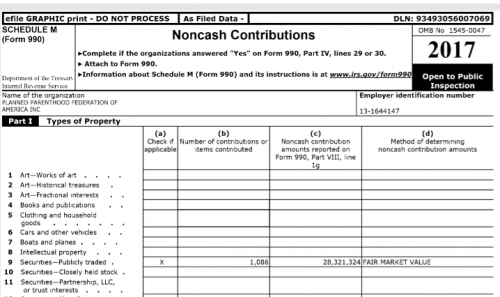
Fun fact: if you look up non-cash contributions in the 2017 filings, it seems there were 1086 contributions of publicly traded securities. This totaled $28,321,324. Yes, Planned Parenthood USA received over $28 million worth of securities.

From the last page of the returns, it shows millions of dollars being shuffled around to related organizations.
Clearly, the Gates Foundation is not the only contributor to Planned Parenthood. However, it is something that it ideologically aligns with, and large sums of money are regularly donated. Much of the money goes to electing, and re-electing, politicians who support the abortion agenda.
8. PP Hawaii/Northwest Goes Global
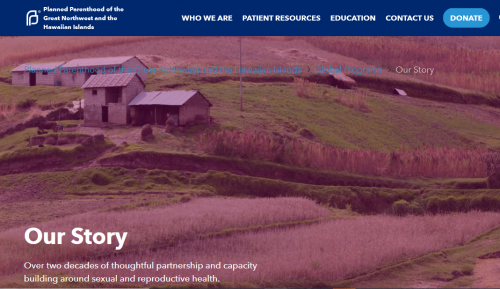
Our Story
Since 2001, Planned Parenthood of the Great Northwest and the Hawaiian Islands (PPGNHI) has collaborated with eight global health nonprofits in seven countries in Africa, Asia, and Latin America to improve the sexual and reproductive health of local communities. We believe that sexual and reproductive health is a human right, and that all people–regardless of where they live–should be able to exercise their sexual and reproductive rights. We also recognize that family planning and sexual and reproductive health care plays a critical, lifesaving role in global health.
Suzanne Cluett Fund
In 2005, we received a generous gift from the Bill & Melinda Gates Foundation in honor of Suzanne Cluett, a long-time Planned Parenthood supporter and advocate for reproductive health and rights. With this grant, we established a permanent endowment, “Suzanne’s Fund”, which has enabled long-term stability and committed engagement of our Global Programs.
Suzanne’s commitment to international sexual and reproductive health started in Nepal in the 1960s and led to her serving in leadership positions at PATH and at the Bill & Melinda Gates Foundation. A Washington state local, Suzanne was an enthusiastic believer in Planned Parenthood, serving as both board member and Chair of the PPGNHI Board, as well as a member of the national Planned Parenthood Federation of America Board.
One such portion of Planned Parenthood is this one, which is PP of the Great Northwest and the Hawaiian Islands. Much of its current status is due to the 2005 gift from the Bill and Melinda Gates Foundation.
9. Planned Parenthood Action Fund

Focusing on the United States for this section, let’s focus on the political arm of Planned Parenthood. This is the Planned Parenthood Action Fund, which focuses on getting pro-abortion candidates into office.
EIN 13-1644147 Planned Parenthood Fed. of America
EIN 47-5312115 Planned Parenthood Global Inc.
The courts have protected safe, legal abortion throughout the United States since 1973, when the U.S. Supreme Court affirmed access to abortion as a constitutional right in its Roe v. Wade decision.
Yet for years, abortion opponents have fought to turn back the clock: stacking federal courts with anti-abortion judges; passing unconstitutional legislation; spreading deceptions; imposing arbitrary restrictions; and waging one legal battle after another. Their ultimate goal? Reverse Roe v. Wade and make safe, legal abortion impossible to obtain.
Attacks on Roe began to ramp up in 2011, when anti-abortion politicians made massive gains in federal and state elections. Since then challenges to safe, legal abortion have mounted at a rapid clip. In some places, abortion restrictions have in fact made abortion harder to access. These restrictions fall especially hard on people with low incomes, for whom the cost of transportation, childcare, and taking time off work often combine to put abortion access out of reach.
A large part of what Planned Parenthood does involves political work to install pro-abortion politicians into office, and to try to defeat pro-lifers. Yes, it’s big, and crosses States, and even has global connections.
We Decide — and the Stakes Have Never Been Higher
More than three-fourths of voters say abortion should remain safe and legal. There is no state in which banning abortion is popular.
But anti-abortion politicians continue to try to undermine our rights and our access to reproductive health care, putting the ability of many people to obtain birth control, safe and legal abortion, and accurate sexual education in question — yet again.
We decide who our leaders are. We decide our future. At the ballot box this year, we — not out-of-touch politicians — decide what we do with our own bodies.
Interesting. All this talk about “my” body, but there seems to be little to no concern for the body that gets eliminated during an abortion. Aren’t leftists supposed to be concerned about the weak and vulnerable? Unborn children are as helpless as they come.
Money from Planned Parenthood is extremely effective at getting pro-abortion politicians into office. In the U.S., this typically means getting Democrats into office.
10. Fetuses Used For Body Parts
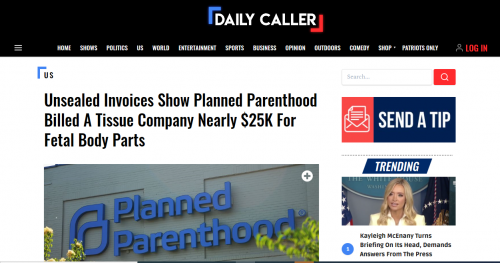
It took an undercover sting by David Daleiden to expose, but the truth about Planned Parenthood’s side business is finally out. It isn’t the “health care services” which make them rich, it’s the body part industry from murdered babies.
There’s nothing compassionate about this industry. The “clumps of cells” are being reused and recycled either for transplanting into other bodies, or further processed for medical research. See next section.
11. Fetal Tissue Used In Vaccines
Rather than go into a long spiel about this, let’s just consider the above video. This is from a 2018 Court deposition from Stanley Plotkin.
Now, could this be (part of) the reason that the Gates Family is so pro-abortion? Is a part of it to create an abundant supply of fetal tissue to use for his vaccine developments?
12. Protect Abortion During Pandemic
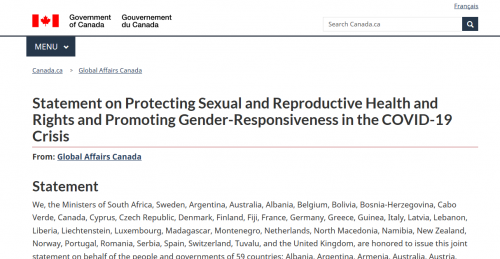
COVID-19 affects women and men differently. The pandemic makes existing inequalities for women and girls, as well as discrimination of other marginalized groups such as persons with disabilities and those in extreme poverty worse and risk impeding the realization of human rights for women and girls. Participation, protection and potential of all women and girls must be at the center of response efforts. These efforts must be gender-responsive and consider different impacts surrounding detection, diagnosis and access to treatment for all women and men.
The restrictive measures designed to limit the spread of the virus around the world, increase the risk of domestic violence, including intimate partner violence. As health and social protection as well as legal systems that protect all women and girls under normal circumstances are weakened or under pressure by the COVID-19, specific measures should be implemented to prevent violence against women and girls. The emergency responses should ensure that all women and girls who are refugees, migrants or internally displaced are protected. Sexual and reproductive health needs, including psychosocial support services, and protection from gender-based violence, must be prioritized to ensure continuity. We must also assume responsibility for social protection and ensure adolescent health, rights and wellbeing during schools close-down. Any restrictions to the enjoyment of human rights should be prescribed by law, and in accordance with international law and rigorously assessed.
We support the active participation and leadership of women and girls at all levels of decision-making, including at community level, through their networks and organizations, to ensure efforts and response are gender-responsive and will not further discriminate and exclude those most at risk.
It is crucial that leaders recognize the central role of Universal Health Coverage (UHC) in health emergencies and the need for robust health systems to save lives. In this context, sexual health services are essential. We recommit to the immediate implementation of the UHC political declaration by all. Funding sexual and reproductive health and rights should remain a priority to avoid a rise in maternal and newborn mortality, increased unmet need for contraception, and an increased number of unsafe abortions and sexually transmitted infections.
Around the world, midwives, nurses and community health workers are essential to contain COVID-19 and they require personal protective equipment. Safe pregnancy and childbirth depend on all these health workers, adequate health facilities, and strict adherence to infection prevention. Respiratory illnesses in pregnant women, particularly COVID-19 infections, must be priority due to increased risk of adverse outcomes. As our national and international supply chains are impacted by this pandemic, we recommit to providing all women and girls of reproductive age with reproductive health commodities. And we call on governments around the world to ensure full and unimpeded access to all sexual and reproductive health services for all women and girls.
Just when you think you have seen it all, there is a global coalition to keep access to abortion going during the “planned-emic”. Really, of all the things to focus on, abortion just has to be up there. It’s almost as if there was some other reason for doing so. This was caught previously by LifeSite, and is a stunning show of priorities.
A point of clarification, these parties “do” consider access to abortion to be a human right. They also regard it as a form of health care — although its intended purpose is to kill a person.
13. Eugenics And Greed Join Forces
Bill Gates Sr. was formerly the head of Planned Parenthood, which widely promoted abortion. This was done as a population control measure.
Bill Gates Jr., is heavily financing the vaccine industry. He also heavily funds groups like Planned Parenthood, resulting in a high supply of fetal tissue for his research. He also is on record saying he would prefer to have a less populated world, and cites problems like climate change in doing so.
Of course, a nationalist will point out that the abortion push leads to a declining birth rate at home. This will be used by globalist politicians to import a replacement population. Less local births and more incoming foreigners leads to the extinction of one’s people.

